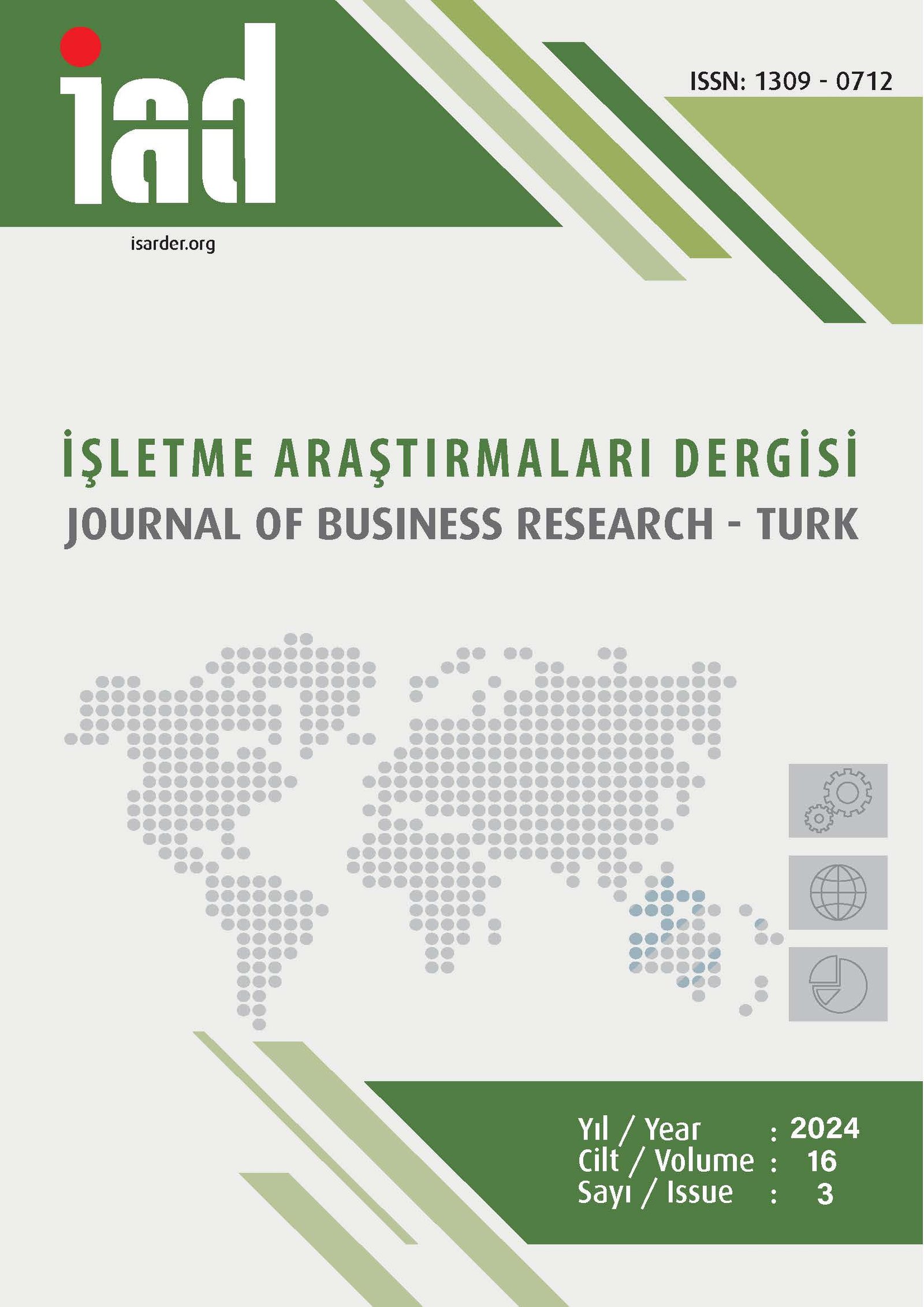Risk and Return Forecasting Using Capital Asset Pricing Model: An Empirical Application in the BIST Health Services Sector
DOI:
https://doi.org/10.20491/isarder.2024.1864Keywords:
Capital Asset Pricing Model, Healthcare IndustryAbstract
Purpose – The main objective of this study is to understand the risk and return relationship of firms in the Healthcare Services Sector operating in Borsa Istanbul. In particular, to analyze this relationship over the five-year period between 2017 and 2021 using the Capital Asset Pricing Model (CAPM). The healthcare services sector has a high risk and return potential due to its complex structure and the impact of exogenous factors. Therefore, understanding the risk and return profiles of firms in the sector is important for investors and managers. Design/Methodology/Approach – The research involves applying the basic principles of SVFM. This model is used to explain the return of an asset depending on risk factors and market conditions. First, we obtain the stock prices and related financial data of the firms operating in the Healthcare Services Sector in BIST. Then, market data and economic indicators are used to determine the risk factors required by the SVFM. The model relies on this data to calculate measures such as expected return, variance, standard deviation, covariance and Beta coefficient. The analysis aims to forecast future returns and risks based on historical data. Findings – According to the results of the research, the risk and return profiles of the firms in the Healthcare Services Sector for the period 2017-2021 were determined. SVFM analysis revealed that businesses in the sector are generally high risk. However, high risk is generally associated with high returns. The findings suggest that particularly high-risk businesses have high return potential. Discussion – The study emphasizes the importance of understanding the risk and return profiles of businesses operating in the health care sector. The fact that high risk is associated with high return potential requires a balanced approach between opportunities and risks for investors. Furthermore, SVFM analysis provides a framework to support future investment decisions.
Downloads
Published
How to Cite
Issue
Section
License

This work is licensed under a Creative Commons Attribution-NoDerivatives 4.0 International License.





